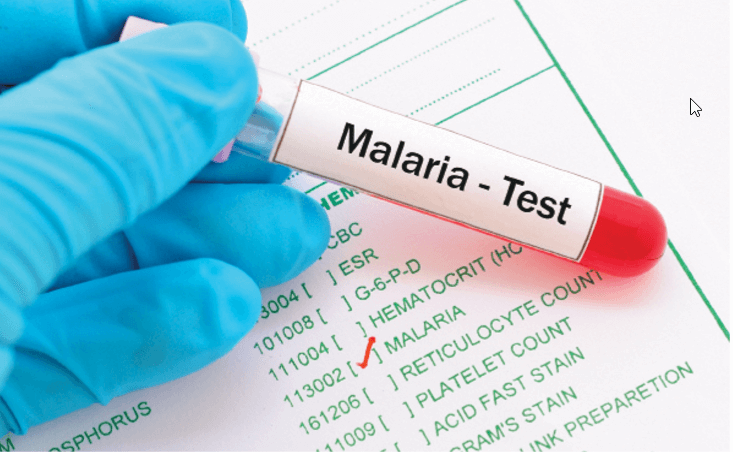ASHAs were progressively involved in malaria control activities in Odisha. “They are the backbone of the program. We trained and then they trained more volunteers,” pointed out by Dr. N. Dhingra.
Involving ASHAs (Accredited Social Health Activists) in the malaria eradication program has proved to be fruitful in bringing down the number of malaria cases in Odisha.
Malaria control efforts in the state were intensified from 2008 onwards as Odisha is one of the worst-hit states due to malaria. In 2010, malaria services were expanded with the involvement of ASHAs. With scaling up coverage of interventions together with active program management and better administration, the introduction of ASHAs led to a dramatic reduction in malaria burden in the state.
The utilization of malaria services in the intervention areas improved as the ASHAs and other service providers had the required commodities and skills to diagnose and treat patients at the village level. The death toll reported in Odisha in 2014 was 89. In contrast to this high number, the 2018 data shows a reduction in number up to 4. Consequently, the state registered 85% decline in the malaria burden in the intervention blocks.
Also Read:
Top 10 Private Healthcare Insurance Provider in India
Mosquito Net may Prevent Malaria
“Various countries have followed this module though with variation in the approach and the outcomes. In India too, we have strengthened malaria case management system through community-based interventions,” said Prof Balram Bhargava, Director General, Indian Council of Medical Research.
“In the control areas, malaria services were provided within the constraints of the routine program. In the intervention areas, various measures were undertaken to improve the coverage and quality of malaria services” said Dr. Anup Anvikar, Scientist, National Institute of Malaria Research. The supply chain management system was strengthened up to the village level to ensure uninterrupted supply of drugs and diagnostics. Buffer stocks were maintained at the block level in the Comprehensive Case Management Program (CCMP) areas, rather than at the district level in the routing system. It was ensured that there should be adequate stocks in remote areas before the arrival of the rainy season since it is the time when the transmission is at peak and it becomes difficult to access remote villages.
Along with the drug and diagnostic kit supplies, several steps were taken for the smooth working of the program, such as additional microscopy centers were opened at the primary center level to complement the ones at the block level. This helped in providing supportive supervision to ASHAs and other providers and also aided in confirming the diagnosis and posttreatment parasitological clearance.
Credits: India Science Wire

